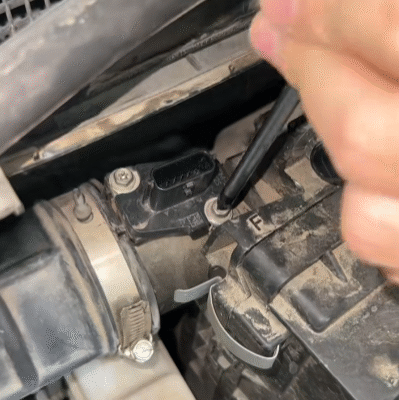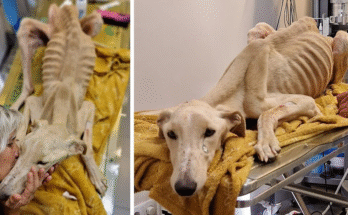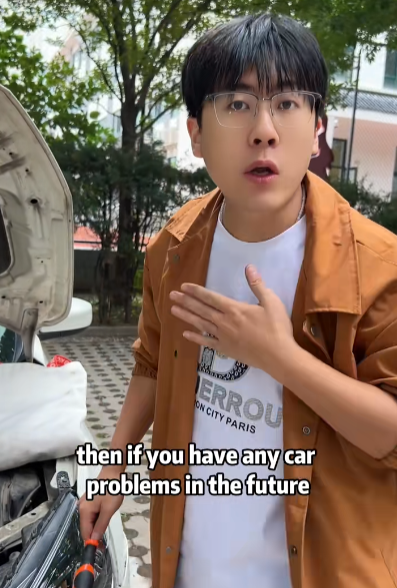
Automatic cars are designed for ease and convenience, especially in urban environments with stop-and-go traffic. However, when an automatic vehicle stalls—especially unexpectedly—it can be frustrating and even dangerous. Unlike manual transmission cars, automatic vehicles aren’t supposed to stall easily. So if yours does, it’s often a sign of an underlying issue that needs attention. This article explores the common causes of automatic car stalling and offers practical solutions to solve the problem effectively.
Understanding What Stalling Means
Stalling refers to a situation where the engine suddenly shuts off, often while idling or during acceleration. For automatic cars, this is abnormal behavior and typically indicates a mechanical, electrical, or fuel-related issue. Recognizing the symptoms early—such as rough idling, sudden loss of power, or engine sputtering—can help prevent further damage and costly repairs.
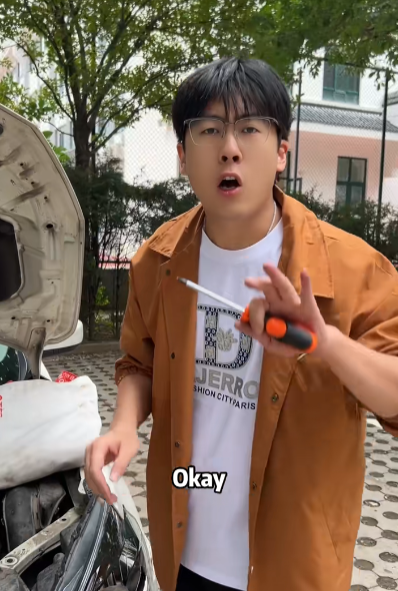
Common Causes of Automatic Car Stalling
Let’s explore the most frequent culprits behind automatic car stalling:
1. Dirty or Faulty Idle Air Control Valve (IACV)
The IACV manages the engine’s idle speed by controlling the amount of air that bypasses the throttle plate. If it gets clogged with carbon deposits or malfunctions, the car may stall when idling. This is especially common when stopping at traffic lights or in parking lots.
Solution: Have the IACV cleaned or replaced. Cleaning often resolves the problem if caught early.
2. Vacuum Leaks
Modern engines rely on a closed vacuum system for various functions. A vacuum leak occurs when unmetered air enters the system, disrupting the air-fuel mixture and causing the engine to stall.
Solution: Inspect hoses and connections for cracks or disconnections. A smoke test performed by a mechanic can identify leaks that aren’t easily visible.
3. Fuel System Problems
A clogged fuel filter, faulty fuel pump, or dirty fuel injectors can restrict the flow of fuel to the engine. When the engine doesn’t get enough fuel, especially under load or acceleration, it may stall.
Solution: Replace the fuel filter at regular intervals (usually every 20,000–40,000 miles). If issues persist, test the fuel pump’s pressure and inspect the injectors for buildup or malfunction.

4. Failing Mass Air Flow (MAF) Sensor
The MAF sensor measures the amount of air entering the engine and helps determine the correct fuel-to-air ratio. If it fails or gives incorrect readings, the engine may stall.
Solution: Use a diagnostic scanner to read fault codes and test the MAF sensor. Clean or replace it as needed.
5. Malfunctioning Torque Converter
In automatic cars, the torque converter replaces the clutch found in manual transmissions. It helps transfer engine power to the wheels. If the torque converter or its solenoid is failing, the vehicle may stall when slowing down or stopping.
Solution: A mechanic can run a torque converter test. Replacing the torque converter or the solenoid may be necessary.
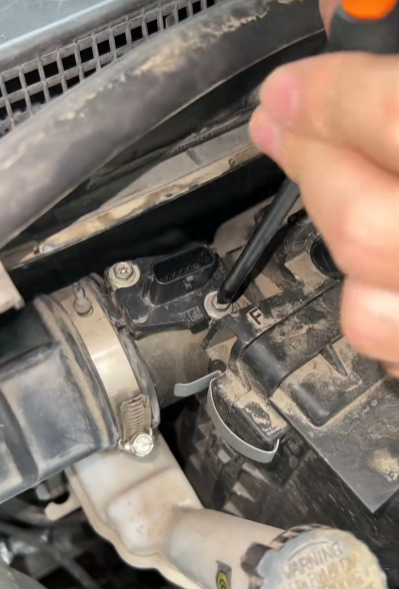
6. Battery or Alternator Issues
A weak battery or a failing alternator can cause a drop in voltage, leading to erratic engine behavior or stalling—especially when electrical load is high (like during air conditioning or headlights use).
Solution: Check the battery’s voltage and age. If it’s older than three years, consider replacing it. Also test the alternator’s output to ensure it’s charging the battery properly.
7. Bad Engine Sensors
Besides the MAF sensor, other engine sensors—like the crankshaft position sensor or camshaft position sensor—are critical for engine timing and performance. If they malfunction, the engine may stall randomly.
Solution: Diagnostic scans will reveal issues with these sensors. Replacing a faulty sensor is typically straightforward and relatively inexpensive.
8. Transmission Problems
A slipping or overheating transmission can also cause stalling, especially if fluid levels are low or the fluid is dirty.
Solution: Check the transmission fluid’s level and condition. If it’s dark or smells burnt, a fluid change or transmission service may be required.
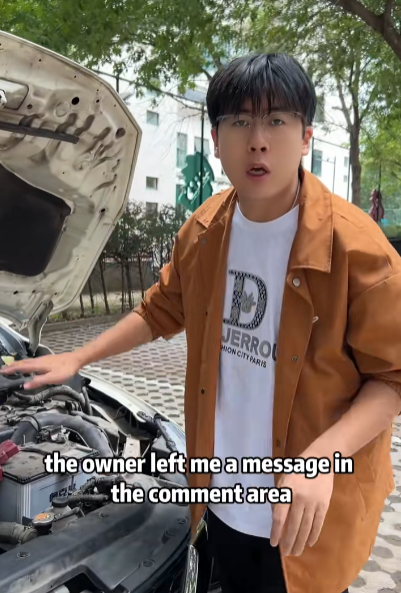
Steps to Diagnose the Problem
If you’re not sure what’s causing the stalling, follow these steps to narrow it down:
- Use an OBD-II Scanner
Most modern cars are equipped with an onboard diagnostics system. An OBD-II scanner can pull error codes that pinpoint specific issues. - Observe When It Stalls
Take note of the conditions under which the car stalls. Does it happen only at idle? While accelerating? When shifting gears? This information helps mechanics diagnose the problem more quickly. - Inspect Basic Components
Check for loose battery terminals, dirty air filters, or disconnected hoses under the hood.
Preventive Measures
Regular maintenance is the best way to prevent automatic car stalling. Here’s what you can do:
- Keep up with oil changes and filter replacements
- Use high-quality fuel and fuel system cleaners periodically
- Follow the manufacturer’s maintenance schedule
- Inspect vacuum hoses and replace worn-out parts proactively
- Clean the throttle body and intake system annually
When to See a Mechanic
Some stalling problems—like a loose hose or dirty sensor—can be solved by a capable DIYer. However, if the issue is persistent, random, or if you don’t have experience working on vehicles, it’s best to consult a professional mechanic. This is especially important if:
- The car stalls in traffic, creating a safety risk.
- The check engine light is flashing (not just solid).
- The engine cranks but doesn’t start at all.
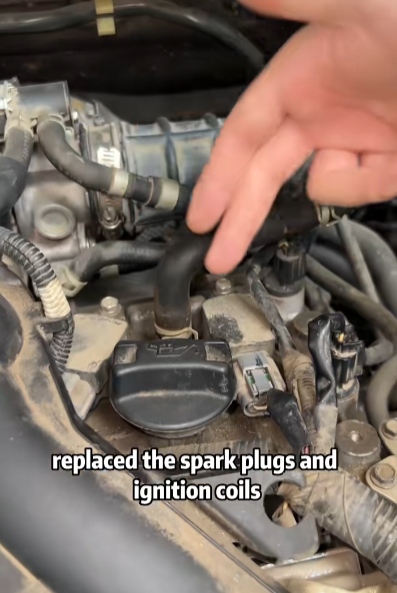
Final Thoughts
Stalling in an automatic car is a sign that something isn’t right. While it might start as a minor inconvenience, ignoring it can lead to bigger and more expensive problems. Whether the issue is with the air intake system, fuel delivery, sensors, or transmission, diagnosing and resolving it early is key to keeping your car running smoothly. With the right maintenance, care, and occasional professional help, you can solve stalling issues and enjoy a safer, more reliable driving experience.
